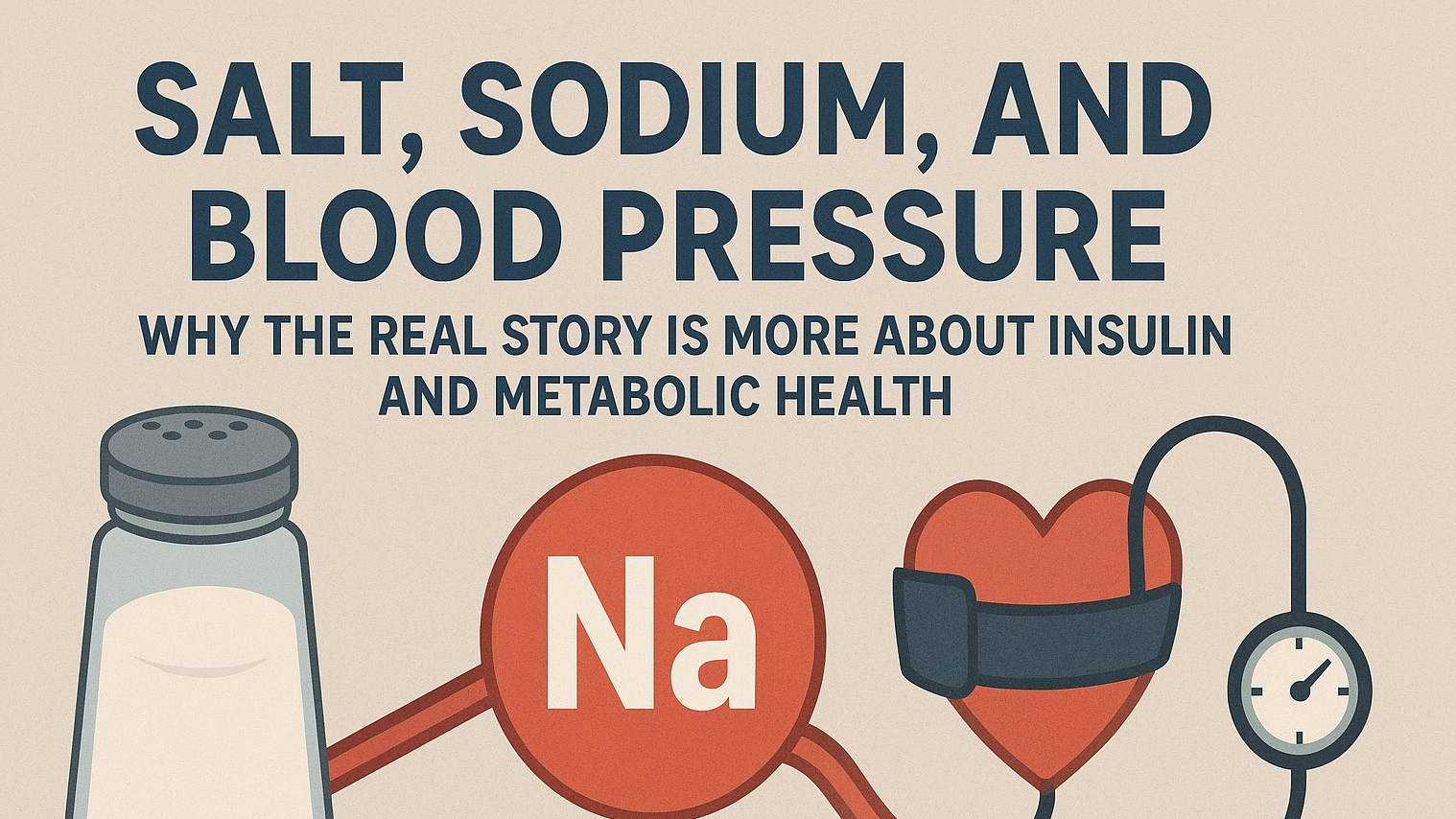
Functional Approaches to PTSD Trauma and Recovery
Post-Traumatic Stress Disorder (PTSD) is more than a psychological wound—it’s a full-body experience with lasting impacts on brain function, immunity, and digestion. Whether the trauma stems from a single catastrophic event or the cumulative stress of life’s hardships, PTSD can fundamentally alter the way someone feels, thinks, and moves through the world.
There is no universal cure for PTSD. But there is hope. A growing body of research reveals that what we eat can significantly influence recovery. When combined with therapy, medication, and somatic support, nutritional intervention can help reduce symptoms, support brain function, and lessen the burden trauma places on the body.
Understanding PTSD: Trauma Lives in the Body
It’s estimated that the majority of people experience trauma at some point in life—through loss, violence, disaster, abuse, or emotional neglect. While many people heal over time, a subset will develop PTSD, a chronic condition that can include:
Intrusive thoughts or flashbacks
Hypervigilance and insomnia
Anxiety or depression
Digestive disorders and inflammation
Memory and concentration issues
PTSD has one of the most well-established connections between brain and body dysfunction. It affects the nervous system, hormones, digestion, and even immune regulation. For example, a 2018 meta-analysis of eight studies found a significantly higher rate of irritable bowel syndrome (IBS) in people with PTSD than in the general population.
This isn't just “in the head.” It’s biology—and it’s personal.
The Standard American Diet: Fueling the Fire
Unfortunately, the foods most common in Western diets are the very ones that worsen trauma recovery.
Refined sugars
Processed fats
Artificial flavor enhancers
Low fiber and nutrient-poor options
These ingredients promote inflammation, spike blood sugar, damage the gut lining, and disrupt the gut-brain connection.
The Glutamate Connection: When Flavor Turns Toxic
One area of emerging research focuses on glutamates—natural compounds that act as excitatory neurotransmitters in the brain. While they occur in many foods naturally, people with PTSD appear especially sensitive to excess glutamates, which can trigger brain inflammation and nerve overstimulation.
A study on Gulf War veterans found that a low-glutamate diet significantly reduced PTSD symptoms, particularly anxiety and brain fog.
Common foods high in glutamates or MSG include:
Fish sauce and oyster sauce
Soy sauce, miso, and fermented beans
Parmesan cheese and aged cheeses
Tomatoes and tomato-based sauces
Mushrooms, seaweed, and spinach
Note: These foods are not inherently “bad,” but for individuals with PTSD, being mindful of intake and noticing symptom flares after consumption can be key to management.
What to Eat Instead: Nutrients That Support Trauma Recovery
Here’s the good news: a trauma-informed diet can calm inflammation, repair oxidative damage, and support emotional resilience. Let’s look at some of the top nutritional allies for PTSD recovery
1. Omega-3 Fatty Acids: Rebuilding Brain Resilience
In more than one clinical trial—including a randomized controlled study of rescue workers following the Great East Japan Earthquake—omega-3 fatty acids reduced PTSD symptoms.
These healthy fats help:
Calm brain inflammation
Protect neurons from damage
Support the production of mood-regulating neurotransmitters
Best sources:
Wild salmon, sardines, anchovies
Chia seeds, flaxseeds, seaweed (for plant-based ALA)
High-quality fish oil supplements if tolerated
2. Blueberries: Nature’s Brain-Protective Superfood
Animal studies show that a blueberry-enriched diet may:
Reduce oxidative stress in the brain
Increase serotonin levels (the “feel-good” neurotransmitter)
Lower inflammation in trauma-sensitive regions like the prefrontal cortex and hippocampus
Add them to smoothies, oatmeal, or just enjoy them as a snack.
3. Vitamin E: The Brain’s Antioxidant Armor
Vitamin E is essential for protecting brain cells from free radical damage, which is often elevated in those with PTSD. In animal studies, it was shown to reduce anxiety and prevent further trauma-related brain damage.
Food sources of Vitamin E include:
Sunflower seeds
Hazelnuts and almonds
Spinach and broccoli
Raw tomatoes
4. Gut-Supportive Foods: Restore the Gut-Brain Axis
Since PTSD often disrupts digestion, supporting gut health is a vital piece of recovery. A well-balanced microbiome can help regulate mood, lower inflammation, and support sleep.
Support your gut with:
Fermented foods like sauerkraut, kefir, and low-sugar kombucha
Fiber-rich vegetables like asparagus, artichokes, sweet potatoes, and leafy greens
Prebiotic foods such as garlic, onions, and leeks
5. Avoid Food Triggers (With Compassion and Awareness)
Some foods and additives can worsen symptoms in people with PTSD:
Added sugar – may trigger mood swings and blood sugar crashes
Caffeine – can increase anxiety, heart palpitations, and sleep disruption
Alcohol – disrupts sleep cycles and neurotransmitter balance
MSG/glutamates – may overstimulate an already sensitive brain
That doesn’t mean all these must be eliminated entirely, but individuals should pay attention to how they feel after consuming them and consider moderating intake where needed.
The Holistic Path Forward
PTSD healing isn’t linear. It often requires a multi-modal approach, combining:
Trauma-informed therapy (like EMDR, somatic therapy, or CBT)
Medication, when indicated and appropriate
Nutritional support to rebuild and repair the nervous system
Movement, breathwork, and mindfulness to re-regulate the body
At Larson Health, we believe in treating the whole person—not just the symptoms. Food isn’t the only answer, but it is a powerful ally in the journey toward healing.
Final Thoughts: Food as Empowerment After Trauma
PTSD is a complex condition that deserves compassion, patience, and care. While food cannot erase trauma, it can help rebuild the foundation of a safer, more stable brain and body.
If you or someone you love is navigating the effects of trauma, know that healing is possible. And it may begin with something as simple and profound as what's on your plate.
 Add Row
Add Row  Add
Add 










Write A Comment